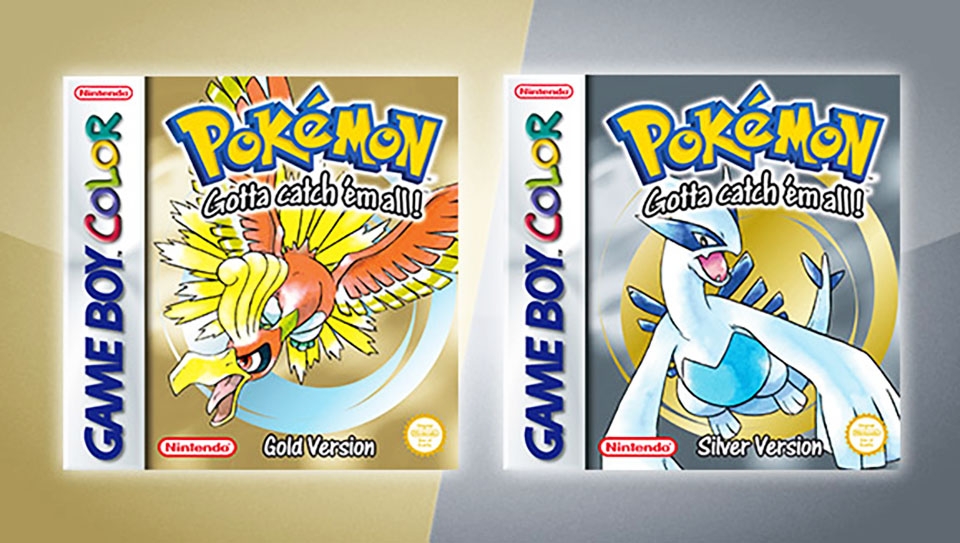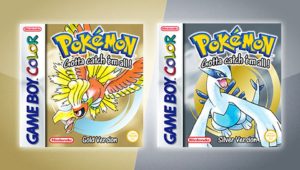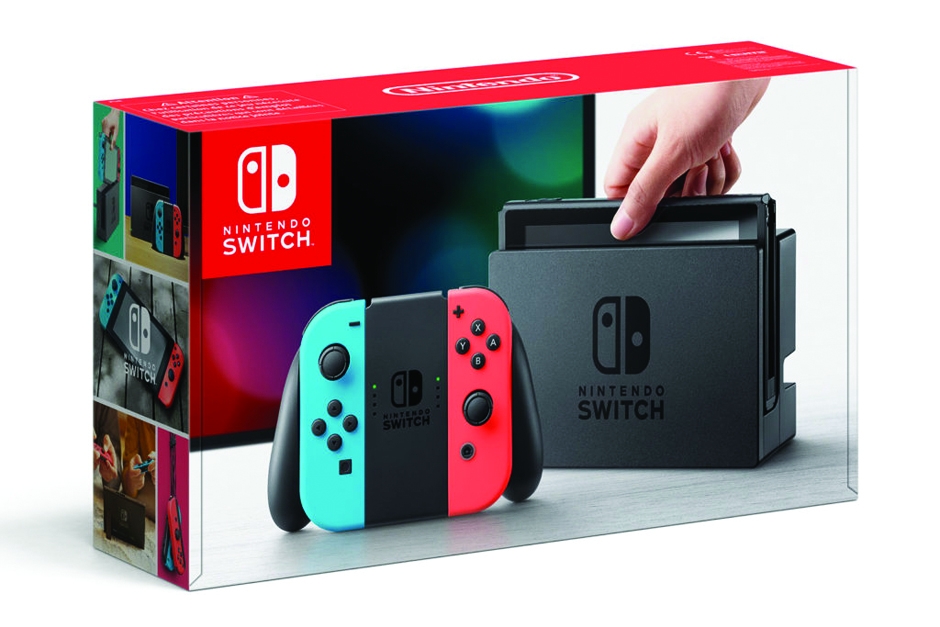

Despite not having the same notoriety as the original ‘Red’ and ‘Blue,’ ‘Gold’ and ‘Silver’ were critical in creating the precedent for ‘Pokémon’ sequels for the next 15 years. As of 2010, a decade after their release, these games have netted $23 million in sales.
By Grant Stoner | Staff Writer
09/28/17
On Friday, Nintendo rereleased the original Pokémon: Gold Version and Pokémon: Silver Version on the 3DS’ Virtual Console. Upon being asked to review the second generation of my favorite franchise, I immediately said yes. After all, it’s not like I needed an excuse to beat these titles for the 38th time.
Developed by Game Freak and originally released in 1999, Gold and Silver served as direct sequels to the original Red and Blue games. With the addition of a new map, 100 monsters and a plethora of features that permanently changed the core mechanics of the Pokémon series, I can confidently say that these games are my favorite in a franchise that comprises of seven generations.
Beginning with the Johto region, trainers traverse across the traditional thematic areas of a core Pokémon game: Dark caves, sprawling cities and even an aquatic highway encompass the landscape, making this region always exciting to explore.
Yet what appeals to me isn’t the aesthetics, but rather the overall pace of the game. Each major city, with their separate events and transitional pathways, are filled with exciting Pokémon encounters and trainer battles. Despite beating this game so many times, I still find myself becoming excited when I find an Onix in Union Cave or battle Pryce in the Mahogany Town Gym.
As is traditional with every Pokémon game, powerful creatures can be found inhabiting the land. In addition to the new monsters, two new Types were added to diversify the roster: Dark and Steel. Their addition completely changed the meta-game of Pokémon and are now staples within its competitive scene.
The second generation also introduced Pokémon genders, as well as the capability to breed your monsters (which doesn’t make sense, and the series has never exactly explained how this works). While many can pass this mechanic up, there are many players whose entire Pokémon gaming careers revolve around breeding the best team. Breeding allows trainers to pass on specific attributes and moves to create a creature you can’t find in the wild. It also helped players to essentially copy rare Pokémon to trade, making completing the Pokédex a much easier task.
Finally, Gold and Silver revolutionized the series by adding an in-game clock. Events related to specific days, Pokémon that only appear during particular times and even time-based evolutions have completely changed the dynamics of the entire series. I’ve scheduled entire days around Silver, devoting blocks of hours to acquire items or catch powerful new Pokémon.
It’s a shame that I only have 750 words to tell you about my favorite game. And there’s so much more that I wish I could add, like how Pokémon gained the ability to hold items, which could significantly boost their stats. Or how happiness became a core mechanic, influencing evolutions and even the strength of moves like Return. The ability to catch shiny Pokémon was also introduced, giving trainers an opportunity to collect ultra-rare color variants of their favorite monsters.
In a sense, writing this review is almost like a punishment. How can I convince you to enter my favorite virtual world with such a restrictive word limit? How can I show you how much this game means to me? Unfortunately, 750 words doesn’t give Gold and Silver justice. They will never be able to justify the hundreds of hours I’ve spent in Johto. Now if you’ll excuse me, I’m going to begin planning my 39th playthrough.




